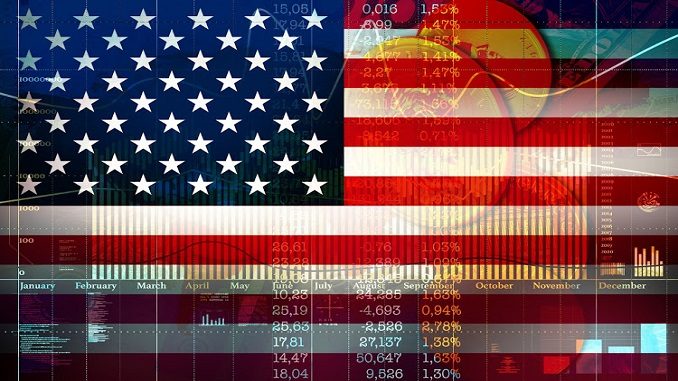
The U.S. economy created the most jobs in seven months in March as more Americans got vaccinated and the government doled out additional pandemic relief money, marking the start of what could be the strongest economic performance this year in decades, Reuters informed.
The Labor Department’s closely watched employment report on Friday suggested the jobs market has finally turned the corner after hitting a ditch in December. All industries added jobs last month and more people rejoined the labor force. A measure of the economy’s ability to create employment also improved.
But the road to full recovery remains long. More than four million Americans have been unemployed for over six months.
“The economy is roaring back to life,” said Brian Bethune professor of practice, Boston College.
Nonfarm payrolls surged by 916,000 jobs last month, the biggest gain since last August. Data for February was revised higher to show 468,000 jobs created instead of the previously reported 379,000. Still, employment remains 8.4 million jobs below its peak in February 2020.
Economists polled by Reuters had forecast payrolls increasing by 647,000 jobs in March.
The employment report marked a painful anniversary for the labor market. The March 2020 employment report was the first to reflect the mandatory closures of non-essential businesses such as restaurants, bars and gyms to slow the onset of the just-emerging COVID-19 pandemic.
Nearly 1.7 million jobs were lost that month, and another 20.7 million would vanish in April. Economists estimate it could take at least two years to recoup the more than 22 million jobs lost during the pandemic.
Job gains last month were led by the leisure and hospitality sector, where employers hired 280,000 workers. Restaurants and bars accounted for nearly two-thirds of the industry’s employment gains. Construction employment rebounded by 110,000 jobs after being depressed by harsh weather in February.
Manufacturers hired 53,000 employees. Public and private education payrolls also increased as more schools resumed in-person learning and other school-related activities.
The dollar was steady against a basket of currencies. U.S. Treasury prices were lower. The U.S. stock market is closed for Good Friday.
As of Tuesday morning, the United States had administered 147.6 million doses of COVID-19 vaccines in the country and distributed 189.5 million doses, according to the U.S. Centers for Disease Control and Prevention.
The White House’s massive $1.9 trillion pandemic relief package approved in March is sending additional $1,400 checks to qualified households and fresh funding for businesses.
Economists expect job growth will average at least 700,000 per month in the second and third quarters. That, combined with the fiscal stimulus and about $19 trillion in excess savings accumulated by households during the pandemic, is expected to unleash a powerful wave of pent-up demand.
First-quarter gross domestic product estimates are as high as an annualized rate of 10.0%. The economy grew at a 4.3% pace in the fourth quarter. Growth this year could top 7%, which would be the fastest since 1984. The economy contracted 3.5% in 2020, the worst performance in 74 years.
The unemployment rate fell to 6.0% last month from 6.2% in February. The unemployment rate has been understated by people misclassifying themselves as being “employed but absent from work.” Without the misclassification, the unemployment rate would have been 6.4% in March.

Be the first to comment